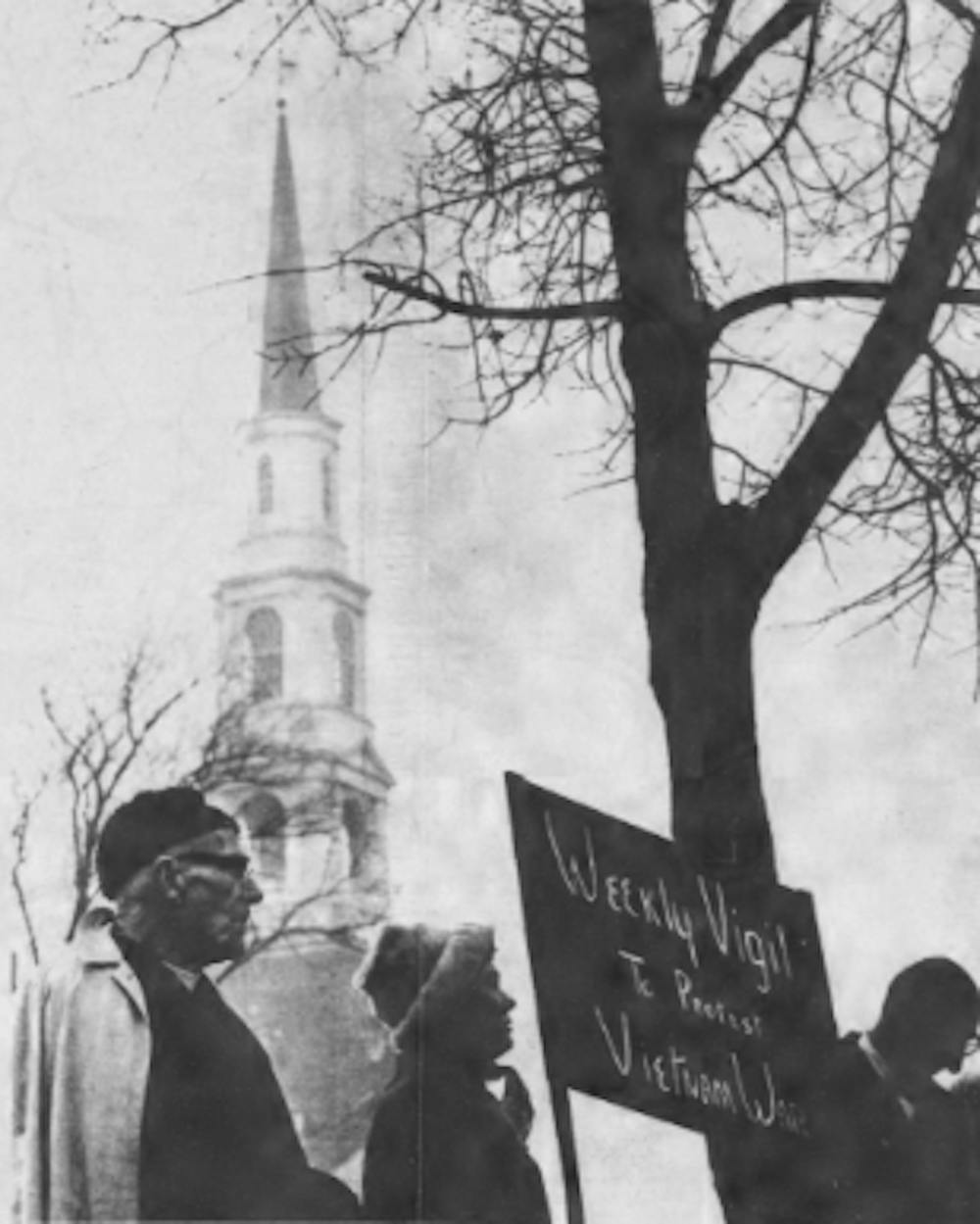The past few years at UNC have been characterized by heightened levels of activism and unrest, particularly with regards to racial justice and equality on campus. On Aug. 20, 2018, it seemed to reach its peak with the toppling of Silent Sam by protesters.
Of course, campus activism and protests are nothing new. Throughout the Vietnam War, college students across America revolted against the conflict with large anti-war protests. Before that, the Civil Rights Movement of the 1950s and 1960s dominated campus conversations. Sit-ins, strikes and other forms of protest were used to fight for racial equality in college towns across the country, including here in Chapel Hill.
Campus unrest in Chapel Hill even goes further into the past. Prior to the Civil War, the University of North Carolina experienced two instances of notable unrest: a student rebellion in 1799 and a drunken riot in 1850.
By 1799, UNC had been accepting students for four years. At the time, the school stood as an institution to educate the children of North Carolina’s elite. Despite the regal pedigree of its students, the school was still borne from revolutionary ideas, and many of the students there embraced these ideas of liberty and freedom (at least for people like them). At first, University leadership also accepted and promulgated these ideals.
The end of the 18th century, however, brought drastic changes. The violence of the French Revolution terrified many of the more conservative members of the American and European elite, leading to reactionary changes in institutions. UNC reverted back to pre-Revolutionary teaching styles and ideology.
Controversy arose in 1799 when a popular student was expelled for reasons unknown. A week of rioting ensued, during which the school’s president was whipped and two professors were beaten with stones. After the riot’s close, divisions between the students and the staff continued with 45 students, a majority of the total enrollment, withdrawing from the University in protest of its policies.
Another uprising occurred in Chapel Hill five decades later, though it was less inspired by political ideology or activism and more so by alcohol consumption.
On Aug. 13, 1850, professor Charles Phillips noticed a group of students “throwing missiles” at each other outside of Old West. Probably not wanting to get beaned with a brick, Phillips went inside the dorm and told students milling about to get back to their rooms for the night. Few listened, and Phillips and a Dr. Mitchell entered one room to find “great disorder.” The chairs were “in confusion,” a pot had been smashed against the floor and the two discovered a jug which contained a little whiskey. Worst of all, the beds in the room were “rumpled.” UNC in the 1850s was truly a place of total anarchy.
Phillips, a Professor Fetter and Dr. Mitchell fled to a lab, where they discussed what was going on. As they talked, a group of rowdy college students assembled outside and began hurling stones at the building. When the students breached the lab’s door and began throwing chunks of bricks and rocks at the trio, they fled the building.




